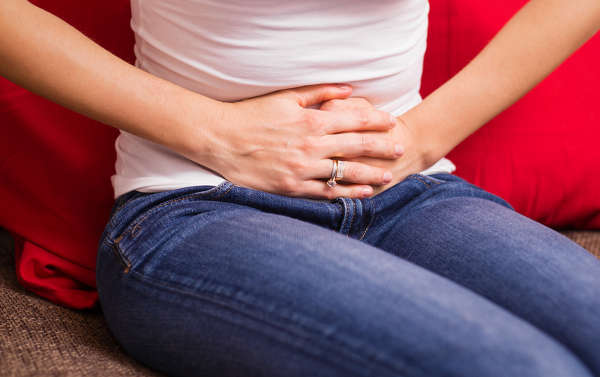Endometriosis is a painful chronic disease that affects millions of women worldwide. It occurs when the lining of the uterus (the endometrium) grows in other places such as the ovaries, cervix, bowel, fallopian tubes, along the pelvis, or even on your intestines.
When this lining breaks down – as it does in the uterus to produce menstruation – it has nowhere to go. This causes cysts, cramps, heavy periods and it can even affect women’s fertility. If you are planning on conceiving or acting as a surrogate, it is important to get tested for endometriosis.
Symptoms
The main symptom of endometriosis is severe pelvic pain during menstrual periods. Although women generally experience cramping and pain during this time, women with endometriosis typically experience pain that is far worse than usual.
Other symptoms include:
- Pain during intercourse
- Fatigue
- Infertility
- Severe bleeding during or between periods
- Pain with urination or bowel movements
- Other gastrointestinal upsets such as nausea, bloating, diarrhoea or constipation, especially during menstrual period
The severity of pain is an unreliable indicator of the condition. Some women may experience intense pain, while others experience no symptoms at all. Diagnosis is uncertain until proven by a laparoscopy, a minor surgical procedure to determine the location, size and extent of the growths.
Causes
The exact cause of endometriosis is still unknown but researchers have several theories. Possible explanations include:
- Blood with endometrial cells flowing back into the fallopian tubes during menstruation and sticking to the pelvic walls and organs
- Hormone or immune factors transforming cells inside the abdomen into endometrial cells. This could include oestrogen transforming embryonic cells into endometrial cells during puberty and an immune system disorder that prevents the body from recognising and destroying endometrial tissue growing outside the uterus
- Surgical scar implantation, where endometrial cells attach to a surgical incision after a surgery like a hysterectomy or a C-section
Risk Factors
There are several factors that place some women at a greater risk of developing endometriosis, including:
- Starting their period at an early age
- Having shorter menstrual cycles (less than 27 days)
- Having higher levels of oestrogen in your body
- Low body mass index
- High alcohol consumption
- Family history of endometriosis
- Existing medical conditions that disrupt regular passage of menstrual flow
Diagnosis
As mentioned earlier, endometriosis can only be diagnosed through a laparoscopy. This involves a doctor putting a thin scope into your abdomen to view your pelvic organs. If extra endometrial tissue is present, it can be removed during the procedure to treat the condition.
Prior to a laparoscopy, other basic medical tests are typically performed. These include a pelvic exam, in which a doctor manually feels for abnormalities such as cysts, or an ultrasound to view cysts. These methods can test for claysts caused by the endometriosis but cannot definitively diagnose the condition.
Treatment
Once other causes of the symptoms are ruled out, the doctor will choose to treat the condition surgically or with medicine. A number of factors go into determining the appropriate treatment, such as age, severity of symptoms and whether the patient wants to become pregnant.
Hormonal birth control pills are usually the first step in treatment for women who aren’t trying to become pregnant. For those who are, treatment might involve a gonadotropin-releasing hormone (GnRH) agonist, which prevents ovulation. This is done for a six month period, with pregnancy possible once the treatment is stopped.
Surgical procedures like a laparoscopy are generally used as a treatment option when symptoms are not relieved by medication.
Complications with Fertility
The biggest complication with endometriosis is fertility problems. About a third to half of all women with endometriosis has difficulties getting pregnant. Infertility can result from adhesions that trap the egg near the ovary, preventing it from travelling down the fallopian tube.
But many women with endometriosis can still conceive and carry a pregnancy. It is best to get tested and treated for the condition. In most cases, you should not delay having children as the condition often worsens with time.
Dr Alex Polyakov is a gynaecologist, obstetrician and IVF specialist. Dr Polyakov has extensive experience using advanced laparoscopic techniques to help patients with fertility problems and endometriosis. If you are experiencing the symptoms of endometriosis or you would like more information about infertility, contact our clinic in Melbourne.
